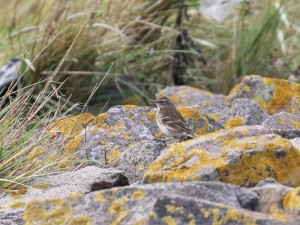
Sometimes it is nice to travel to visit our favourite birding hotspots but at other time it is good to poke around local areas of open land to see what birds can be found. Particularly with the seasons changing and wintering bird numbers building up, local open spaces that may have become unproductive over the summer months are likely to have had an influx of species that while maybe not nationally significant, may be interesting from a local perspective. With this in mind I took a short afternoon trip to nearby Dartford Marshes, a relic of open land on the Thames at the boundary of the county of Kent and London. I wasn’t expecting too much from my visit but in the end I was extremely pleasantly surprised both in the quality of some of the birds I saw but also the variety and numbers of birds present. Just get out and you might be surprised at what you see; I was!
Walking through areas of hawthorn scrub and reedy ditches on a gloomy afternoon wasn’t the most inspiring start with nothing but a couple of Robins to look at but when I got to the Thames an extremely high tide had resulted in all marginal vegetation being flooded and large amounts of floating debris being pushed up to the shore. Despite the fact that much of this debris was rather disgusting, a number of birds had decided that it was a good area in which to feed including a small flock of Eurasian Wigeon, beautiful winter-visiting ducks with a charming whistling call.
Along with the Wigeon were several other species of ducks and gulls, creating quite flock of birds clustered into a small area, just what birders hope from winter birding; large groups of birds. While this may not have been a flock of the size that congregate in some places, on a local level this was the biggest group of wintering ducks I have seen in this area for some time.

A pair of Common Teal in flight
While I was keeping a low profile watching the ducks I also noticed several wagtails and pipits feeding among the debris. Several Pied Wagtails were noisy and easy to see, while a Grey Wagtail was shyer and flew away towards the water treatment plant.
Meadow Pipits are common birds and I expected to see them here, although they were hard to approach. However, less predictable were Rock Pipit and Water Pipit. Both of these birds are winter visitors to the area but they were shy and hard to approach so it took me some time before I could positively identify them as their calls were so similar.
Water Pipit, in particular, was a nice find. This is far from a common bird in UK although small numbers of them are regular along the Thames in the winter. As the tide started going out I walked along towards the point at which the River Darent meets the Thames to find that the flood barrier was down’ perhaps unsurprising considering how high the Thames was. What was more surprising to me were the large numbers of birds feeding on the mud including more than 100 Black-tailed Godwits and over 200 Dunlin.
A single Curlew gave its atmospheric call as it flew away and there were also plenty of Common Redshanks in the flock.
If you had told me that you could see Avocets in Dartford when I started birding as a youngster I would have thought you were mad, but these days small numbers of them feeding on the mud along the Thames here is not that unusual in autumn and winter.
Of course there were a lot of gulls to see, in fact a large flock of various gulls had collected on the exposed mud. Lots of Black-headed Gulls and Herring Gulls as well as plenty of hulking Great Black-backed Gulls but there were also smaller numbers of Common Gull, Lesser Black-backed Gulls and a few Yellow-legged Gulls.
At only 3pm the light was already disappearing fast with rain clouds building up in the distance so it seemed sensible to begin the long walk back to the car. On the way my attention was attracked to the chucking call of Fieldfare. This handsome migratory thrush has been arriving in UK from Scandinavia for a number of weeks now but I had not seen decent numbers of them until now as a flock of over 40 birds were busy feeding on hawthorn berries.
These birds are shy so I stood in a slightly hidden spot and waited quietly. Eventually I got some acceptable photos of one bird although the Redwings that were feeding alongside the Fieldfares eluded me.
In the same area a flock of Chaffinches and Goldfinches were also feeding and I also spotted a Goldcrest and a single Corn Bunting, further adding to the variety of birds on my Dartford Marsh walk. On my way back to the car I also came across an attractive Common Stonechat which was catching insects from the strandline debris.
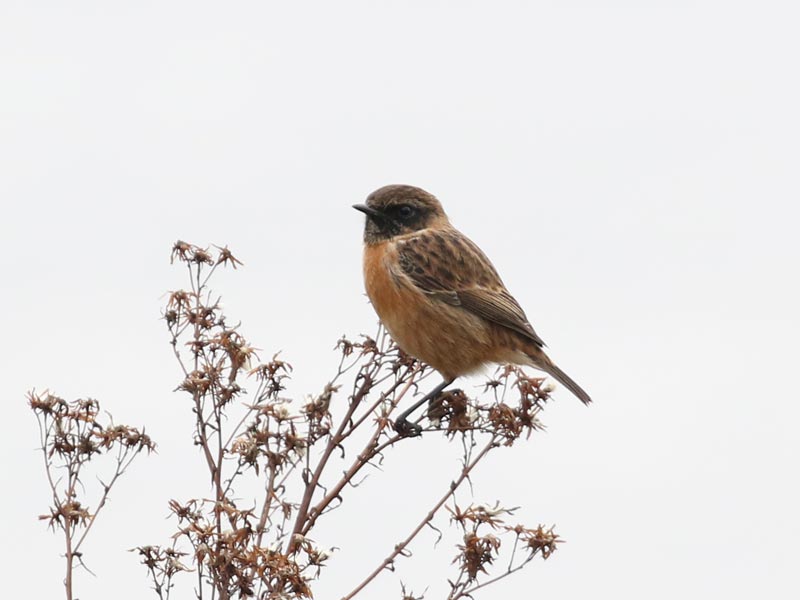
Luckily I got back to the car just as the rain started but with this number of interesting birds I will be back soon and I would encourage anyone who enjoys nature to get out and have a look around their local area to see what they can find. Perhaps use your time to visit some local open areas that you don’t usually visit and maybe you will find a surprise or two.


 November 20th, 2020
November 20th, 2020  Nick
Nick 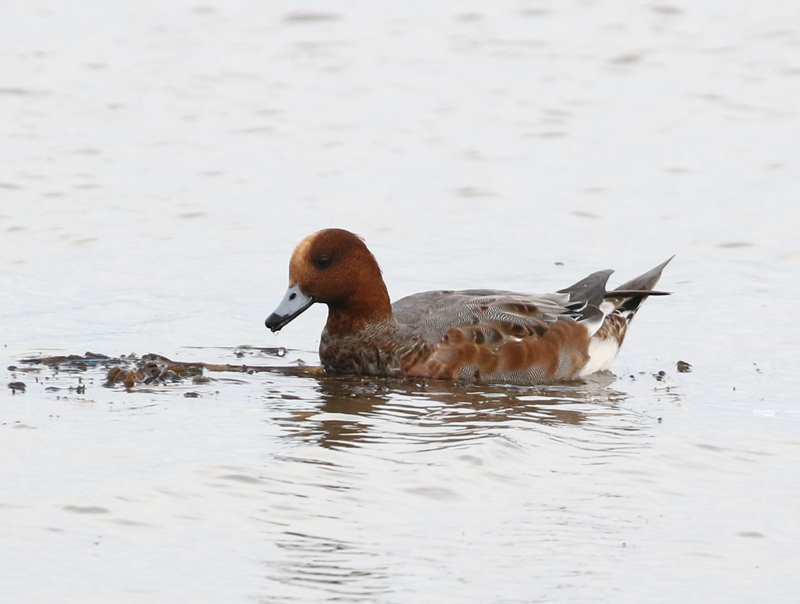
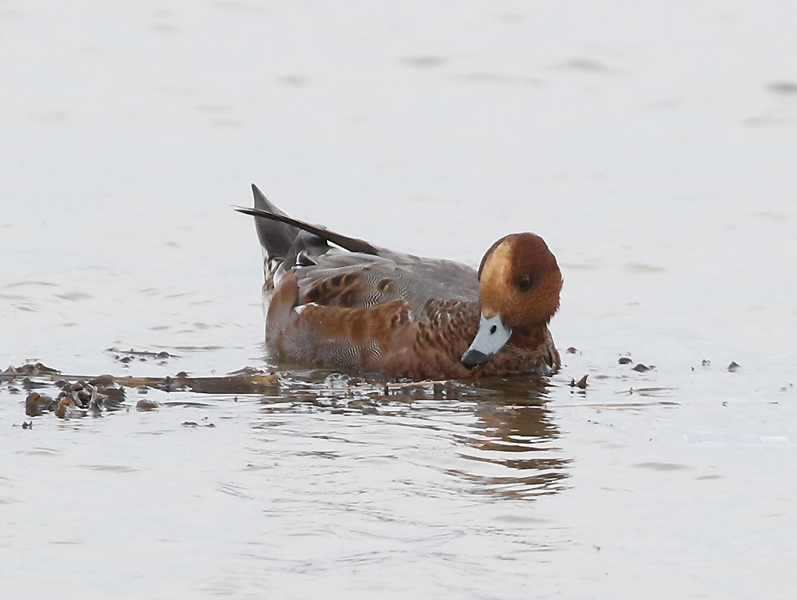

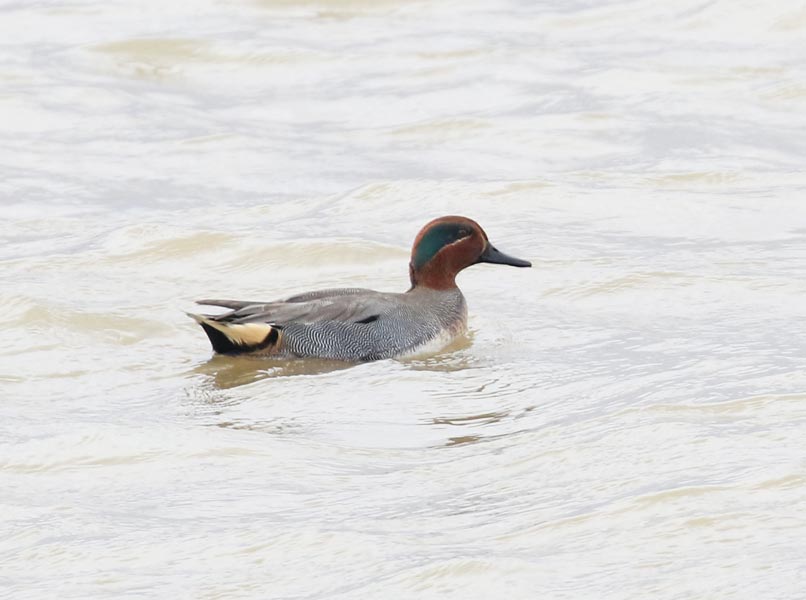
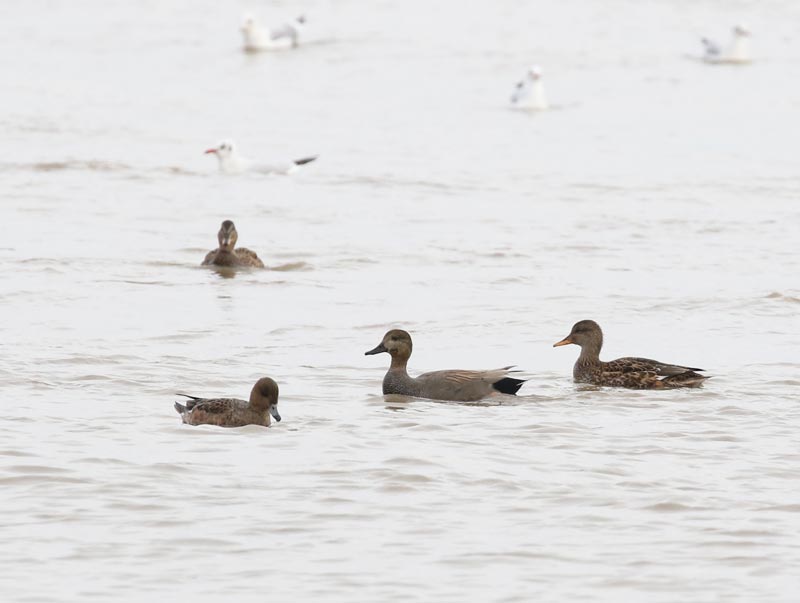
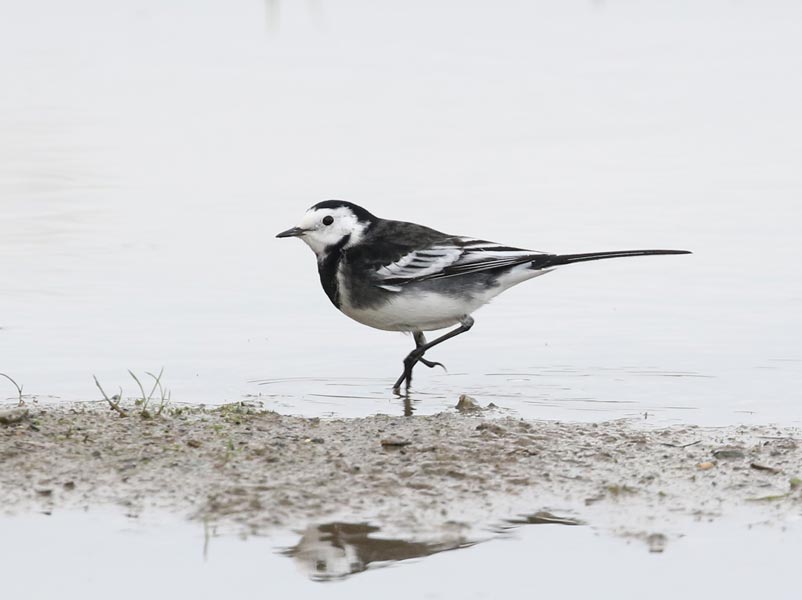
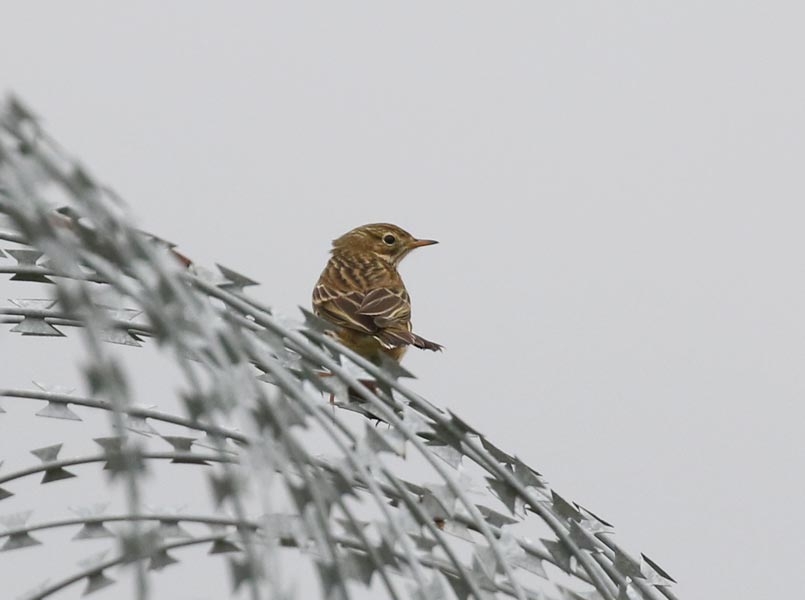

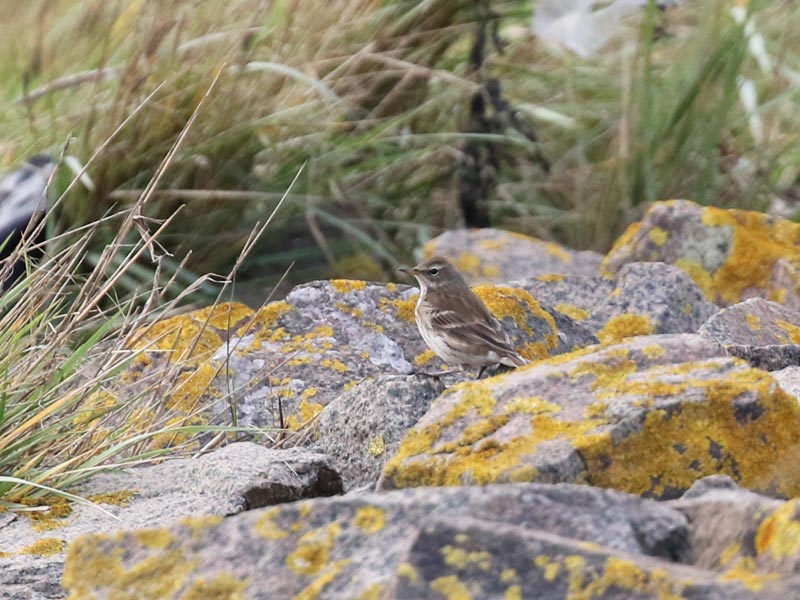

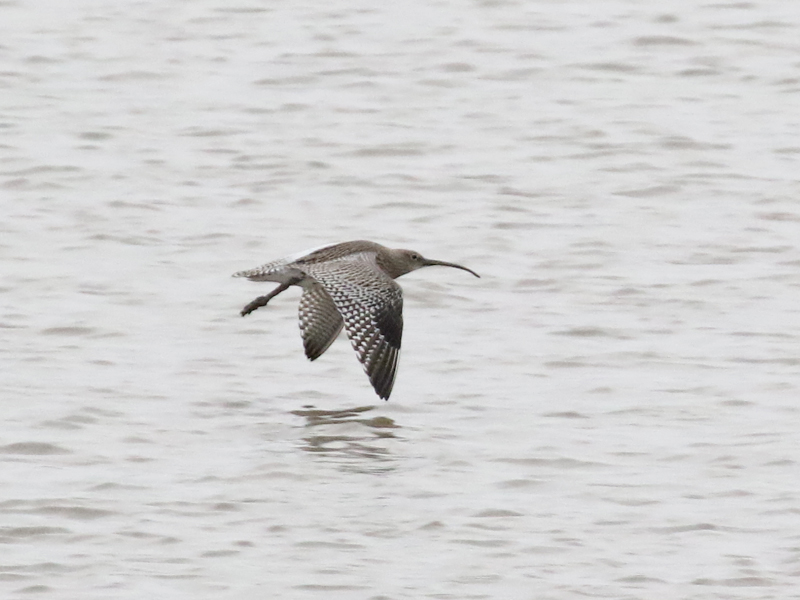
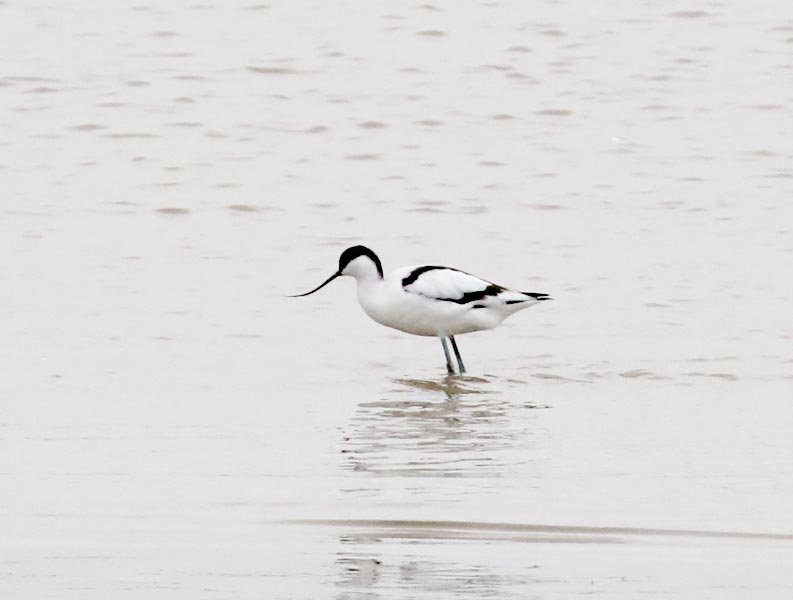
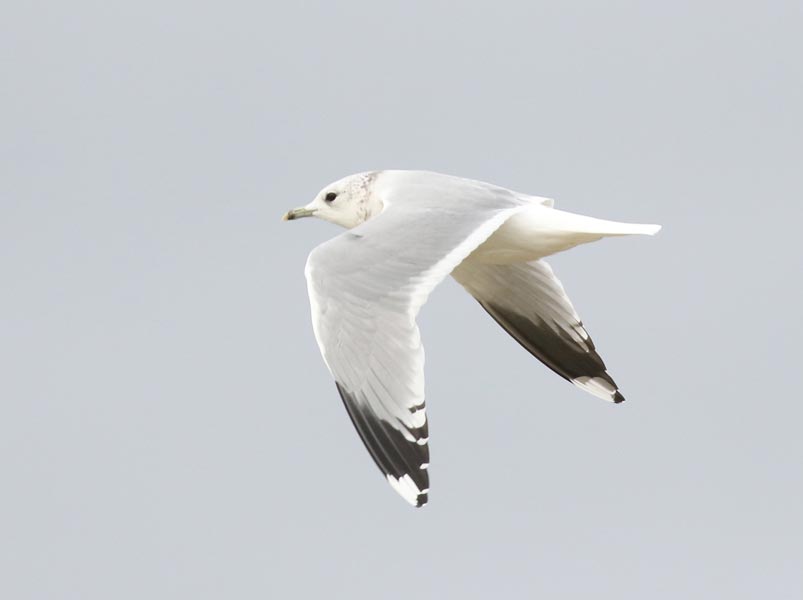


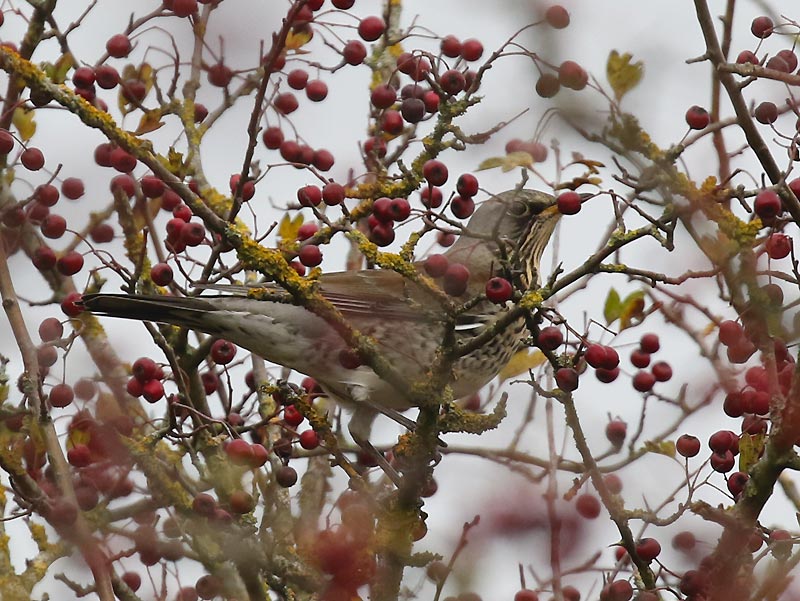
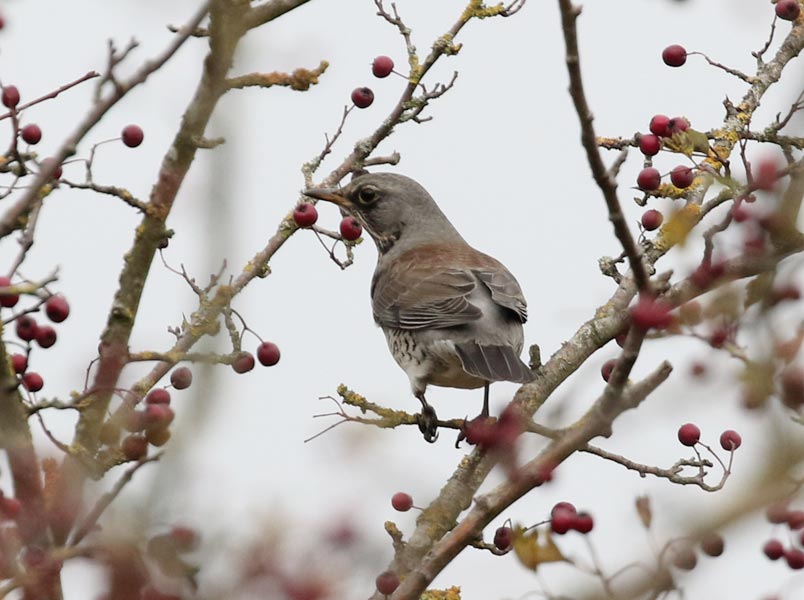
 Posted in
Posted in  Tags:
Tags: 










